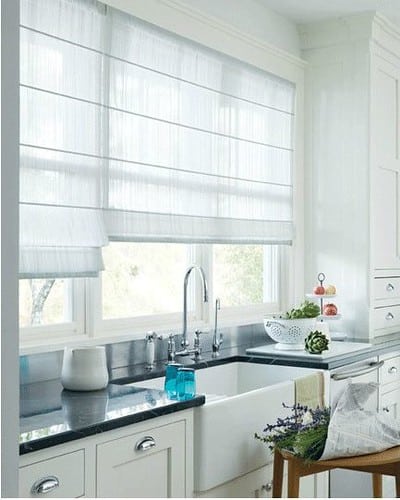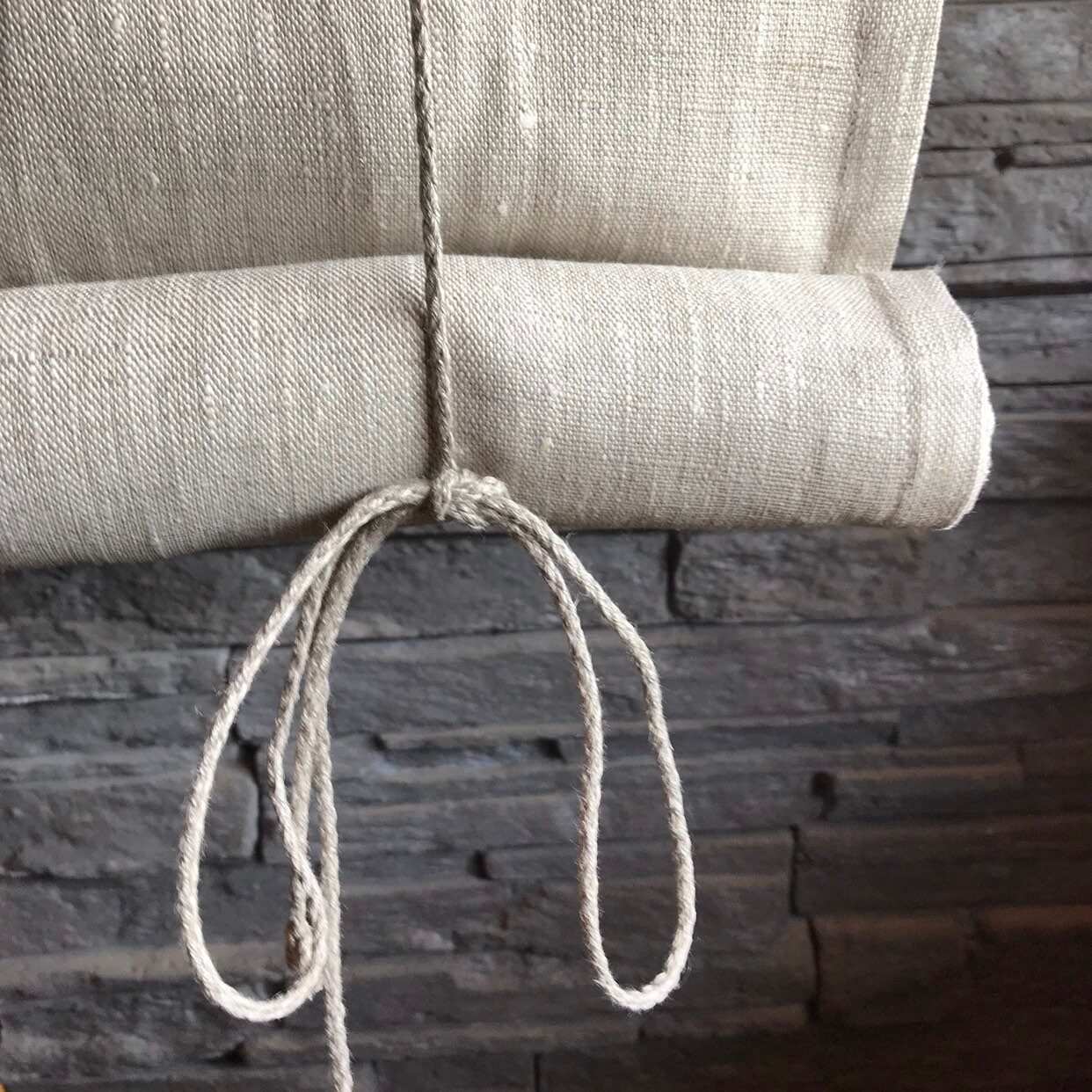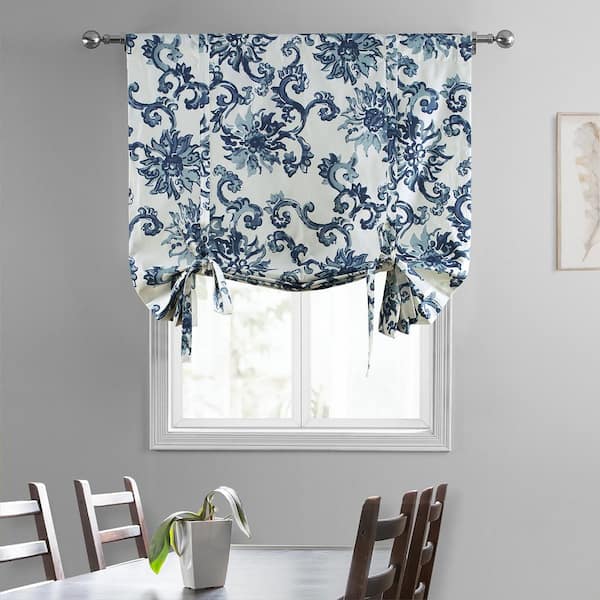To convert blinds to curtains, you can use a tension rod, drapery hooks, or a window cornice to hang curtains over blinds. You also need to measure your window, choose your curtain rod and fabric, and install your curtains.

Blinds are a practical and versatile window treatment that can block light, provide privacy, and save energy. However, sometimes you may want to change the look and feel of your room by adding curtains. Curtains can add color, texture, and style to your windows, creating a cozy and inviting atmosphere.
But how do you convert blinds to curtains without making a mess or spending a fortune? Is it possible to hang curtains over blinds without drilling holes or damaging the walls?
The answer is yes! In this post, I will show you how to convert blinds to curtains in a simple and easy way. You will learn how to use a tension rod, drapery hooks, or a window cornice to hang curtains over blinds. You will also discover some tips and tricks to make your curtains look great and function well.
To convert blinds to curtains, you need to choose a method that suits your window type, blind style, and curtain fabric. You can use a tension rod, drapery hooks, or a window cornice to hang curtains over blinds. You also need to measure your window, choose your curtain rod and fabric, and install your curtains.

A tension rod is one of the easiest and cheapest ways to convert blinds to curtains. A tension rod is a spring-loaded rod that can be adjusted to fit any window width. You can use it to hang curtains over blinds without drilling holes or making any permanent changes.
To use a tension rod, you need to:
A tension rod is ideal for lightweight fabrics such as cotton, linen, or sheer. It is also great for windows that are not too wide or tall. However, a tension rod may not be strong enough to support heavy fabrics such as velvet or blackout. It may also sag or slip if the window is too wide or if the blinds are too bulky.
Drapery hooks are another simple and inexpensive way to convert blinds to curtains. Drapery hooks are metal hooks that can be attached to the back of curtain panels. They can be used to hang curtains over blinds by hooking them into the existing clips or holes of the blinds.
To use drapery hooks, you need to:
Drapery hooks are suitable for medium-weight fabrics such as polyester, silk, or satin. They are also good for windows that have vertical blinds or horizontal blinds with small slats. However, drapery hooks may not work well with horizontal blinds with large slats or wooden blinds. They may also damage or bend the blind clips or headrail if they are too heavy or tight.

A window cornice is a decorative box that covers the top of a window. It can be used to hide the blind headrail and create a more finished look for your curtains. You can make your own window cornice out of cardboard, wood, or foam board and cover it with fabric.
To use a window cornice, you need to:
A window cornice is perfect for adding some flair and personality to your curtains. You can choose any fabric, color, or pattern that matches your decor. You can also add some decorative panels or valances to the sides of the cornice for extra style. However, a window cornice may be more time-consuming and costly to make than other methods. It may also block some natural light or ventilation from the top of the window.
Here are some tips and tricks to make your curtains look great and function well over your blinds:

Blinds are a practical and versatile window treatment that can block light, provide privacy, and save energy. However, sometimes you may want to change the look and feel of your room by adding curtains.
By following the methods and tips in this post, you can convert your blinds to curtains in a simple and easy way. You can use a tension rod, drapery hooks, or a window cornice to hang curtains over blinds. You can also measure your window, choose your curtain rod and fabric, and install your curtains.
By doing so, you can transform your windows and your room with color, texture, and style. You can enjoy the beauty and charm of curtains without sacrificing the functionality and convenience of blinds.
Here are some frequently asked questions about converting blinds to curtains:
You can convert horizontal blinds to curtains by using drapery hooks or a window cornice. Drapery hooks are metal hooks that can be attached to the back of curtain panels and hooked into the holes or clips of the blind headrail. A window cornice is a decorative box that covers the top of the window and hides the blind headrail.
You can convert vertical blinds to curtains by using drapery hooks or a tension rod. Drapery hooks are metal hooks that can be attached to the back of curtain panels and hooked into the clips of the vertical blind headrail. A tension rod is a spring-loaded rod that can be adjusted to fit any window width and hung over the vertical blind headrail.
You can convert wooden blinds to curtains by using drapery hooks or a window cornice. Drapery hooks are metal hooks that can be attached to the back of curtain panels and hooked into the holes of the wooden blind headrail. A window cornice is a decorative box that covers the top of the window and hides the wooden blind headrail.

Dale is the colorful mind behind HuetifulHomes.com, where he shows you how to create a home that is as fun and fabulous as you are. He has a passion for color and a knack for DIY, with years of interior design experience he shares his tips and tricks on how to create a home that reflects your personality and style. He believes that color is the key to happiness, and he wants to help you make your home more Huetiful.